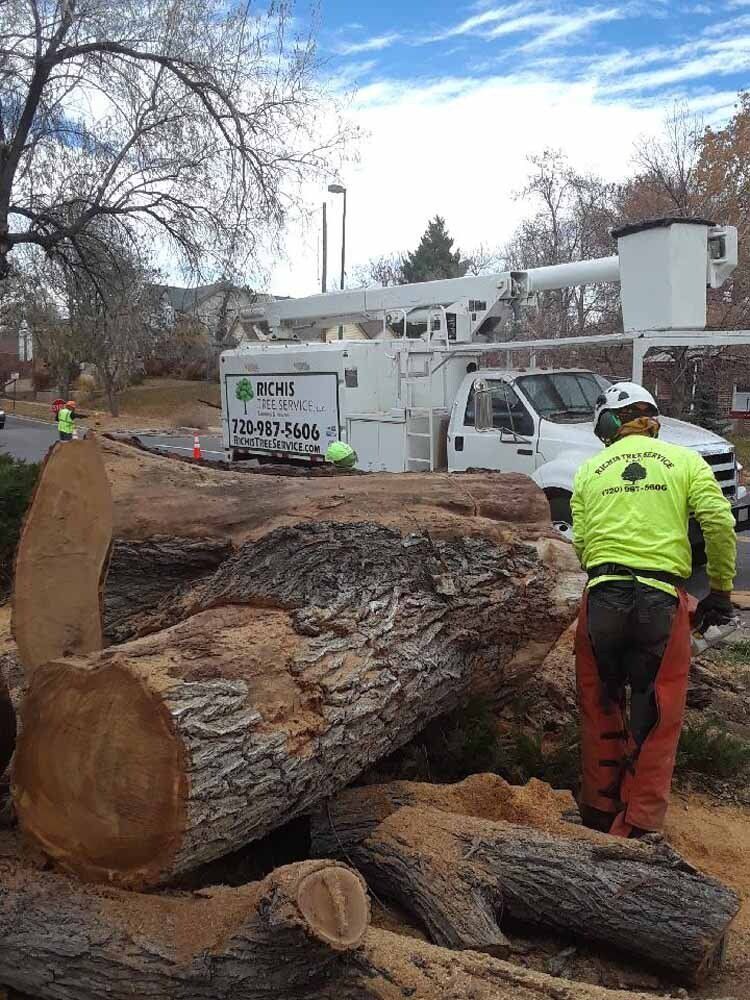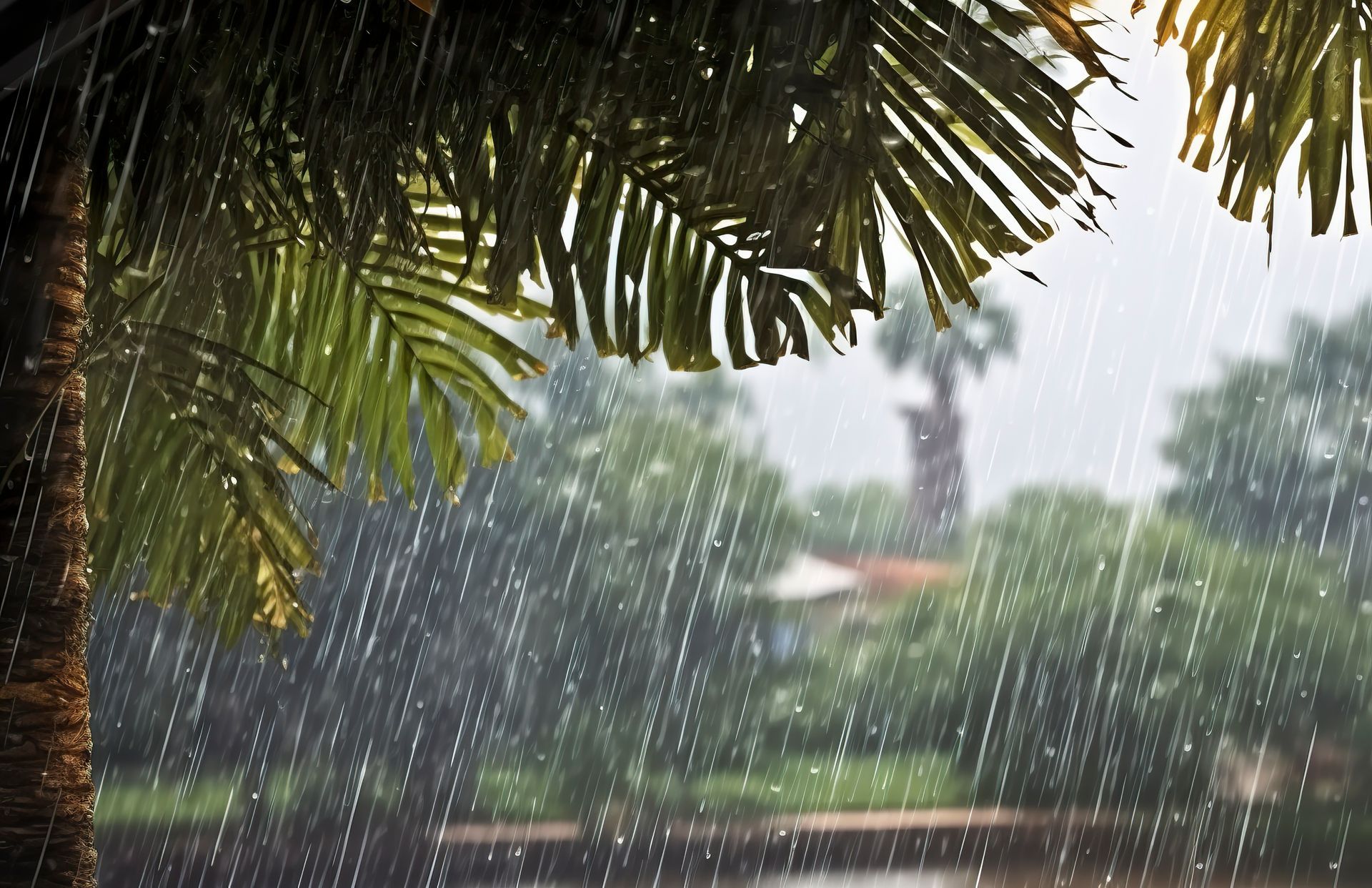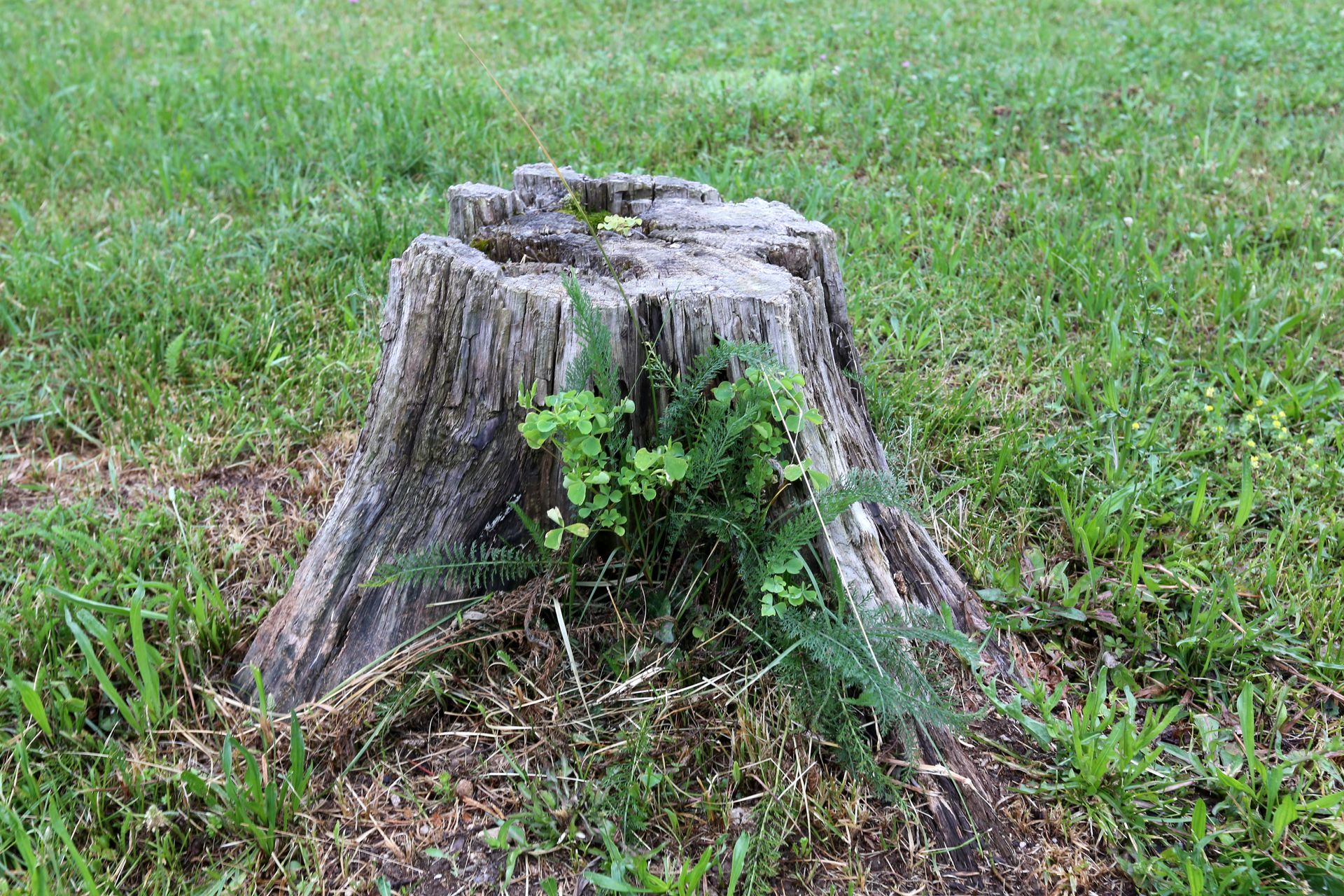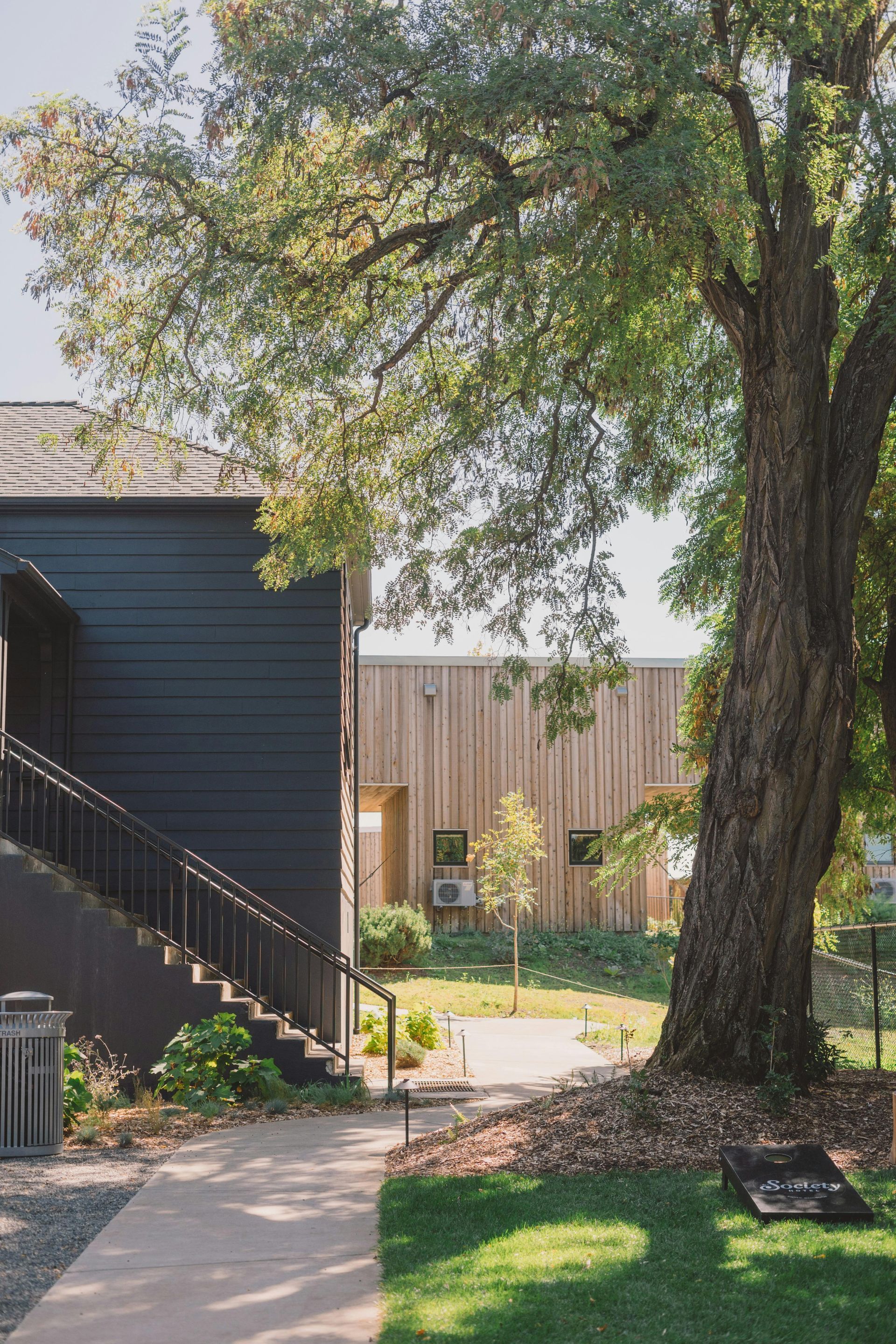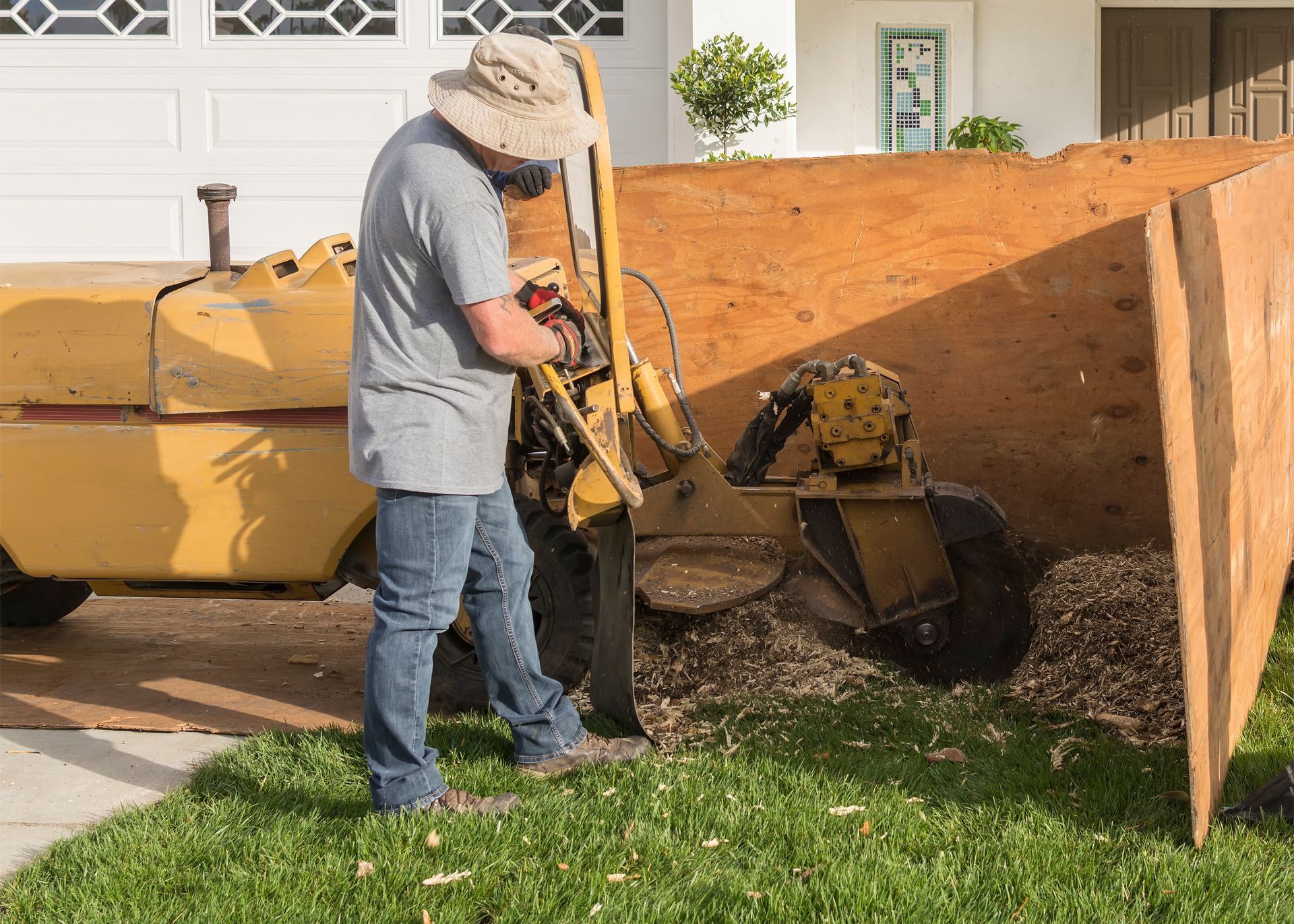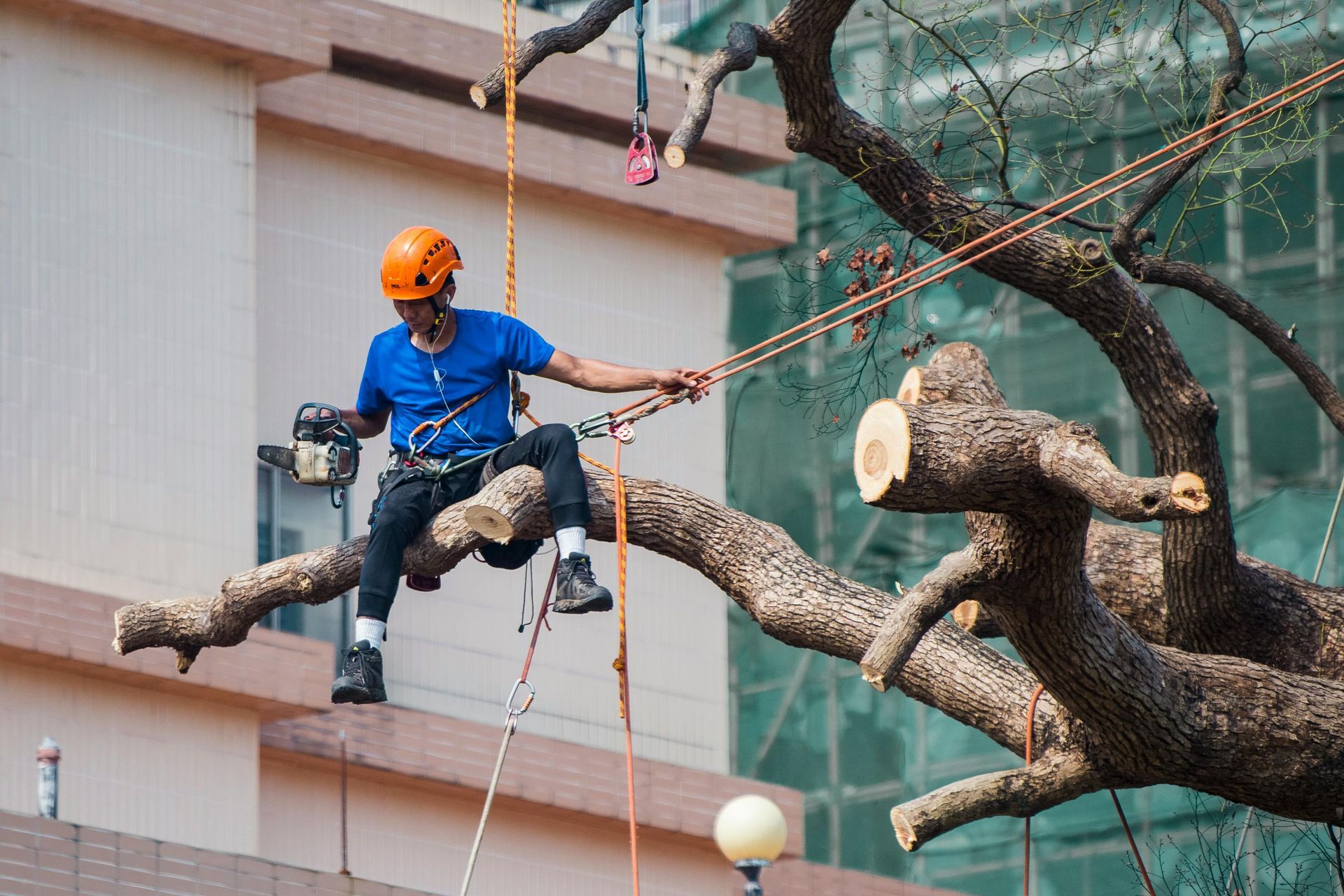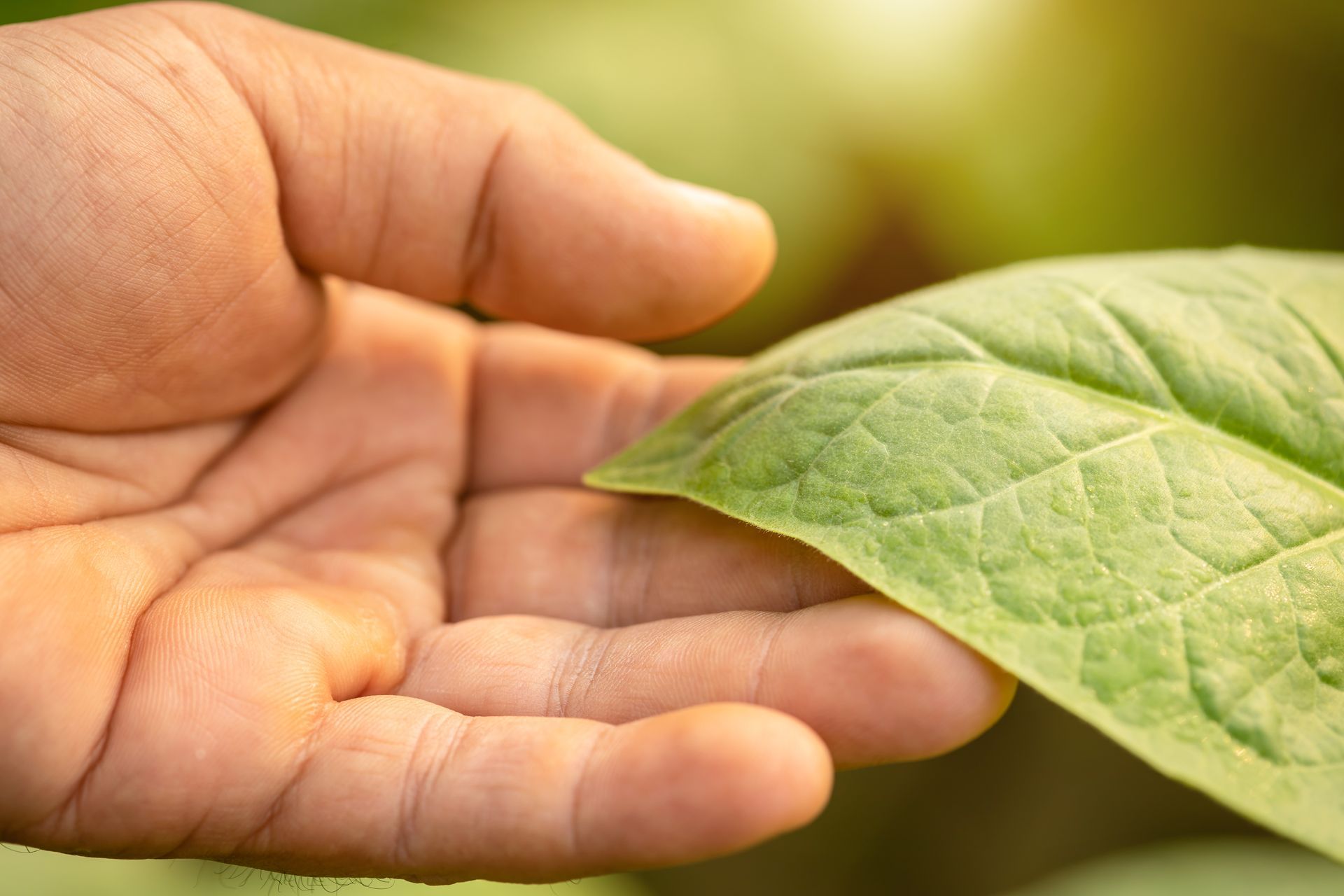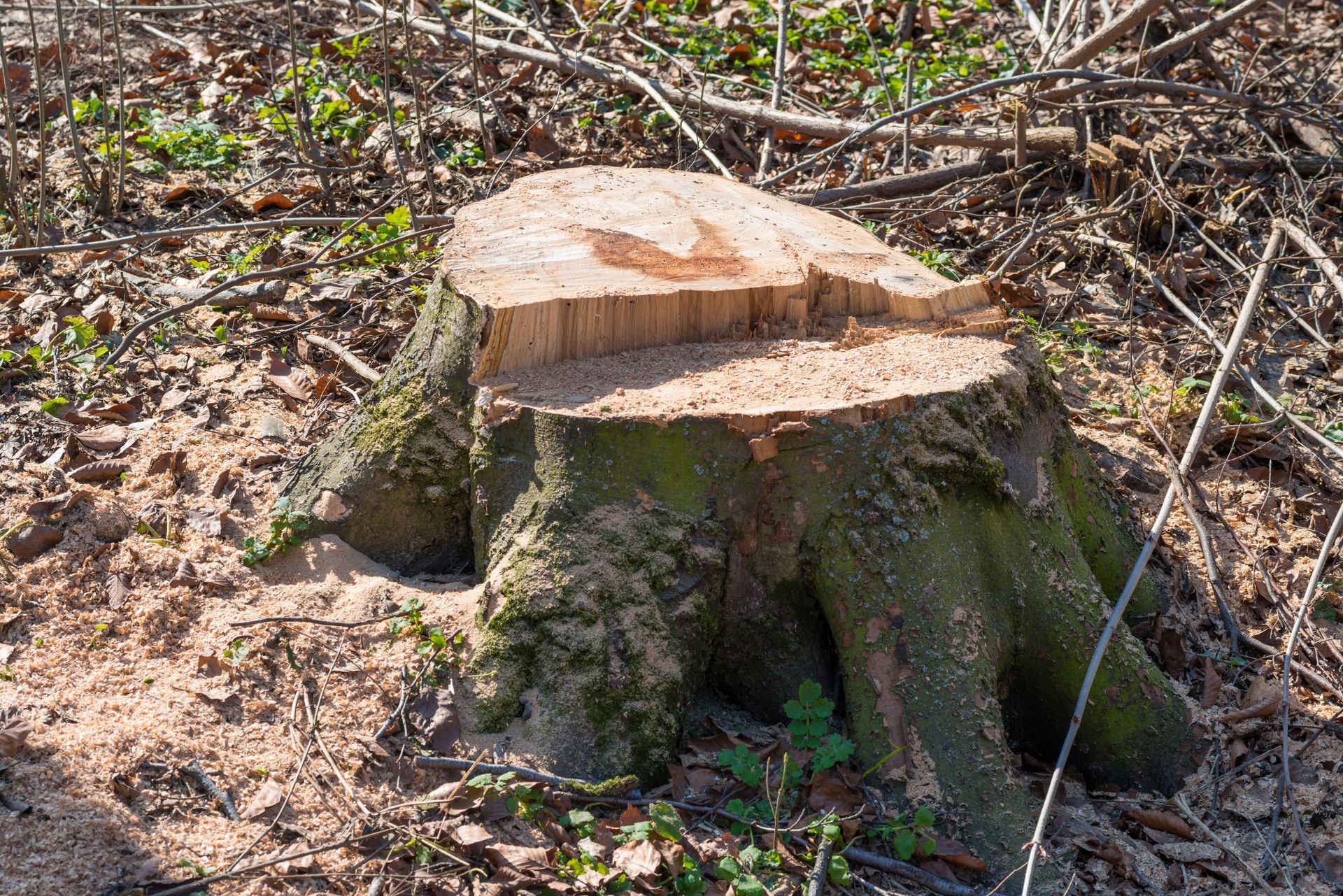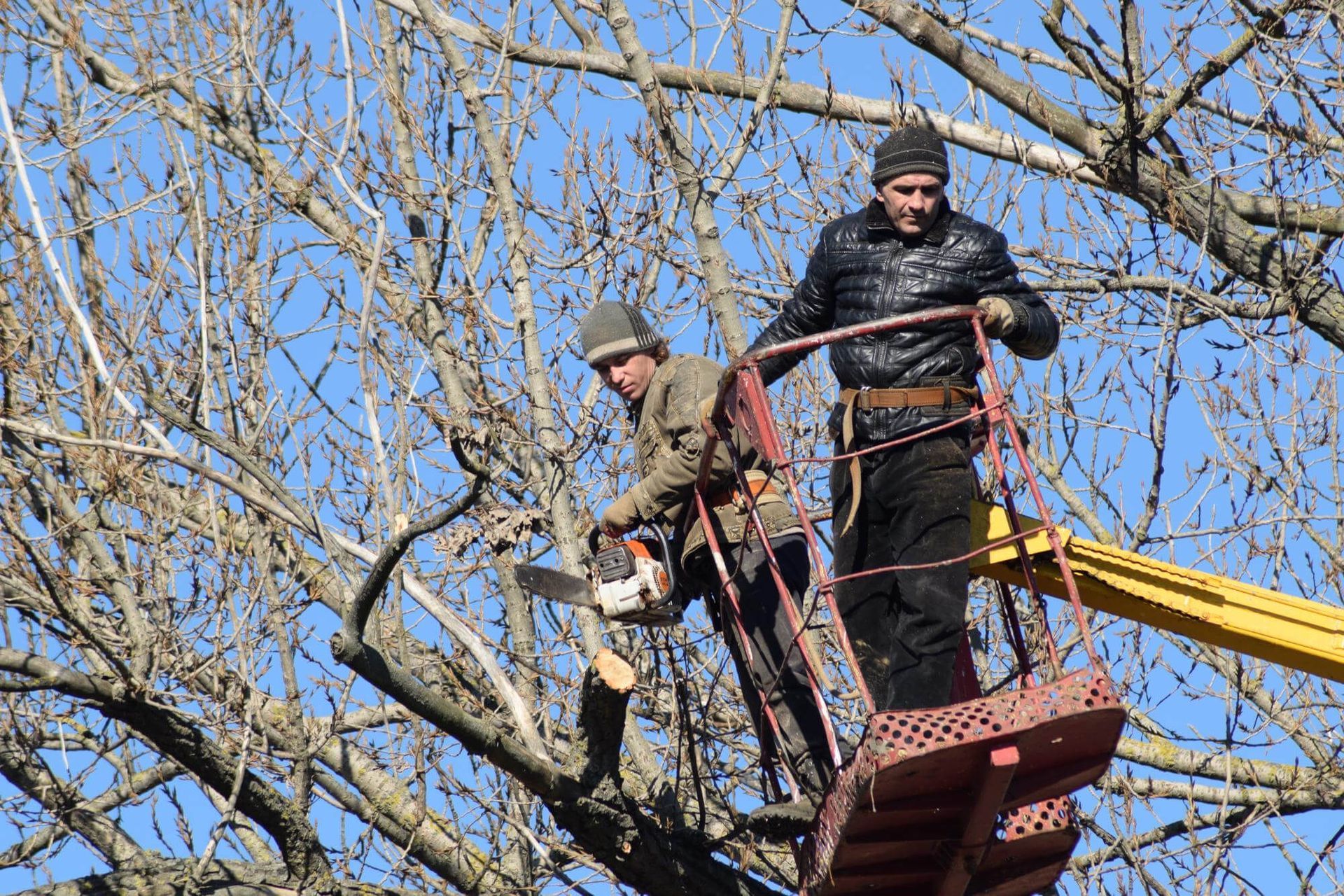Richis Tree Service, LLC
Watering Wisdom: How Much and When to Water Your Trees in Centennial, CO
Trees are a vital part of Centennial’s landscape, providing shade, beauty, and environmental benefits. However, the semi-arid climate in Colorado can present challenges when it comes to keeping your trees healthy. Knowing how much and when to water your trees is crucial, as both overwatering and underwatering can cause significant harm. In this blog, we’ll break down everything you need to know about watering your trees in Centennial, CO, to ensure they thrive year-round.
City skyline
Understanding Centennial’s Climate and Its Impact on Trees
Centennial, located at the foot of the Rocky Mountains, experiences a semi-arid climate with hot summers, cold winters, and unpredictable precipitation. Because of this, water conservation is a major concern, and improper watering can lead to stressed or dying trees. The dry air and infrequent rain mean that trees, especially young ones, often need supplemental water to survive and thrive.
Native trees such as Ponderosa pine, Douglas fir, and blue spruce are better adapted to the region’s dry conditions. However, many non-native species, or even certain native species under stress, need more attention to their watering needs. This makes understanding proper tree watering essential in maintaining a healthy landscape.
How Much Water Do Trees in Centennial Need?
The amount of water a tree needs varies based on its size, species, and age. Here are general guidelines to help you determine how much water your trees may require:
- Newly Planted Trees (up to 3 years old): These trees are the most vulnerable and require frequent watering. For the first two to three years, provide your new trees with 10-15 gallons of water weekly. As the roots establish, you can scale back the frequency.
- Young Trees (3-10 years old): These trees have established some root structure but still need supplemental watering during dry spells. Watering deeply every two to three weeks is essential, especially during the summer. Each watering session should aim for 10 gallons of water for every inch of the tree’s diameter.
- Mature Trees (10+ years old): Established trees are more drought-resistant and may only need water once a month during periods of little to no rainfall. Be sure to water deeply to reach the tree’s root system, which can extend far beyond the canopy.
When is the Best Time to Water Your Trees?
Watering your trees at the right time is just as important as how much water they receive. Centennial’s dry air can cause water to evaporate quickly, so strategic watering is key. Here’s a guide to help you determine the best times to water your trees:
- Early Morning: The optimal time to water trees is early in the morning, between 5 a.m. and 9 a.m. This ensures that the water penetrates the soil before the sun heats up and causes evaporation. Early morning watering also allows trees to hydrate before the day’s heat stresses them.
- Late Evening: If early morning watering isn’t feasible, late evening between 6 p.m. and 9 p.m. is another option. Watering at this time prevents evaporation but can sometimes lead to disease development if leaves remain wet overnight. Be mindful to water at the base of the tree and avoid soaking the foliage.
- Winter Watering: Centennial’s cold winters can be deceiving. While trees are dormant, they still need water. When the temperature rises above 40°F and the ground is not frozen, give your trees a good drink—especially during dry winters. A deep watering once or twice a month can prevent winter drought stress.
The Importance of Deep Watering
One of the biggest mistakes tree owners make is shallow watering. Sprinkling water on the surface may only wet the top layer of soil, which does little to support a tree’s deep root system. Shallow watering encourages roots to grow near the surface, making trees more vulnerable to drought and instability.
To avoid this, aim for deep watering sessions. Deep watering involves slowly soaking the ground, allowing the water to penetrate 12-18 inches into the soil, reaching the tree’s root zone. Use a soaker hose or drip irrigation system for a slow and steady flow of water. Alternatively, let a hose trickle at the tree’s base for an extended period, ensuring the water has time to seep deeply.
Remember, the tree’s root system can extend well beyond the tree’s canopy, so be sure to water around the drip line, not just at the base of the trunk.
Signs of Overwatering or Underwatering
Both overwatering and underwatering can have detrimental effects on tree health, so it’s important to recognize the signs of each. Here’s how to tell if your tree is getting too much or too little water:
Signs of Overwatering
- Yellowing leaves
- Wilting despite wet soil
- Fungus or mold growth near the base of the tree
- Soft, rotting roots
Overwatered trees often exhibit symptoms similar to drought-stressed trees, but a quick check of the soil can reveal if it’s too moist. If the soil is consistently soggy, you’re likely overwatering.
Signs of Underwatering
- Brown, crispy leaves or leaf edges
- Premature leaf drop
- Dry, cracked soil
- Stunted growth
Underwatered trees can recover if caught early. Increase the frequency of your deep watering sessions and monitor the tree for signs of improvement.
Contact Richis Tree Service for Expert Tree Care in Centennial, CO
At Richis Tree Service, we understand that proper tree care can be a challenge, especially when it comes to watering. With our local expertise in Centennial’s unique climate, we can help you keep your trees healthy and vibrant all year long. Whether you’re looking for guidance on watering, tree trimming, removal, stump grinding, and fertilization, we’re here to help.
If you’re unsure about how much or when to water your trees, or if your trees are showing signs of stress, give us a call at
(720) 987-5606. Our team of experienced professionals is happy to provide expert advice and services tailored to your specific needs.
FAQs
